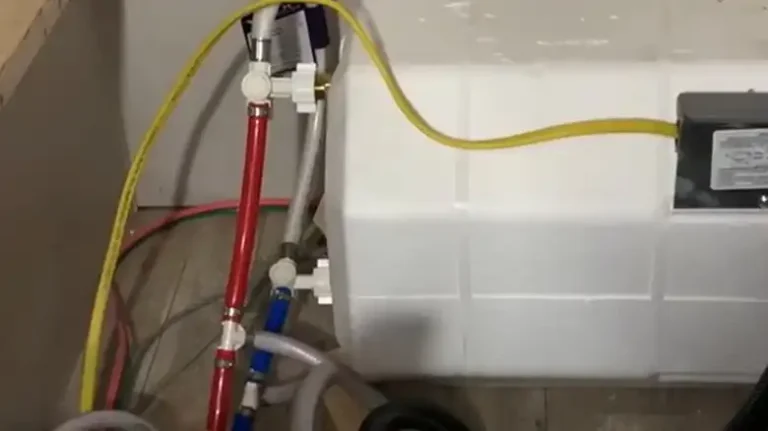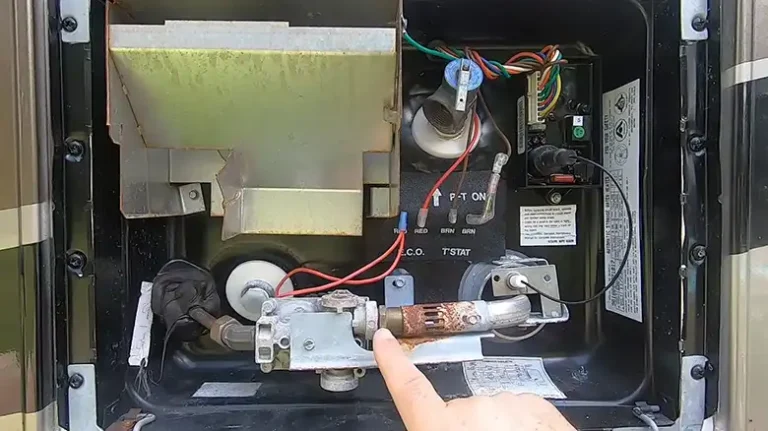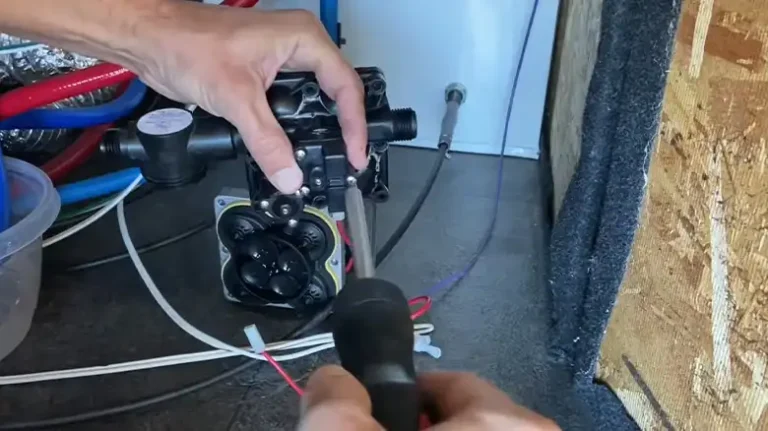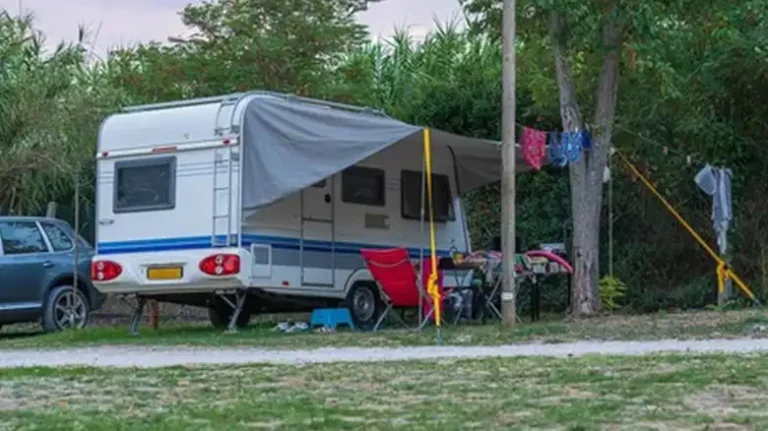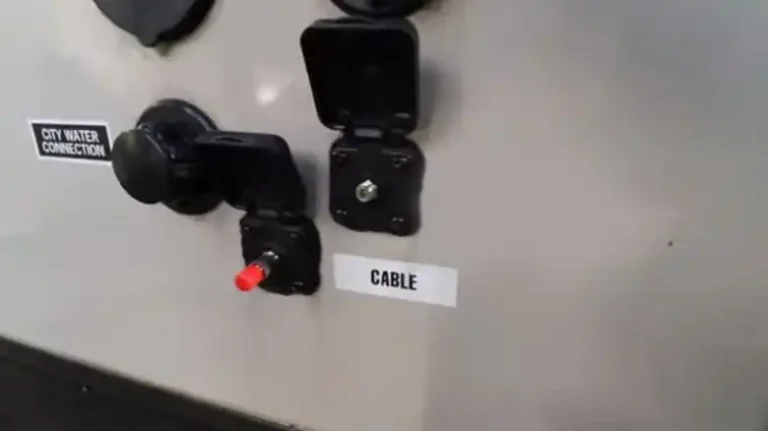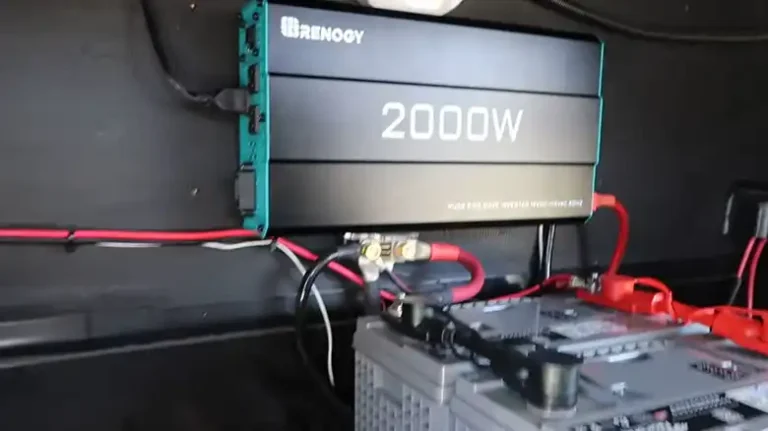Dometic Furnace Not Igniting | Solving Tips and Guide
As temperatures turn frigid, nothing dashes RV vacations quite like waking to bone-chilling interior cold because your Dometic furnace didn’t ignite overnight. Like a frozen spear to the gut, the realization dawns that you face icy days or nights ahead with limited heat and no hot water. Desperation sinks in as you bundle under mounds of useless blankets while watching your breath turn to vapor.
Before full panic sets in, take a deep breath and know solutions exist! As a seasoned RV repair technician, resurrecting dead furnaces is my specialty. I’ve spent years mastering Dometic ignition issues which commonly plague travelers once thermometers drop. In this all-encompassing troubleshooting guide, I map the path to restoring furnace operation, whether through DIY repairs or calling for professional backup.
We’ll explore common Dometic furnace failure points, step-by-step diagnostic tips, instructions for resolving widely reported breakdowns, and scenarios demanding qualified assistance. My goal is to equip you with enough weapons to battle any ignition gremlins lurking within your RV’s heating system. I’m committed to helping serve old man winter’s icy grip clutching your cozy home on wheels!
Now let’s get troubleshooting so I can help spark your pilot light back to life!
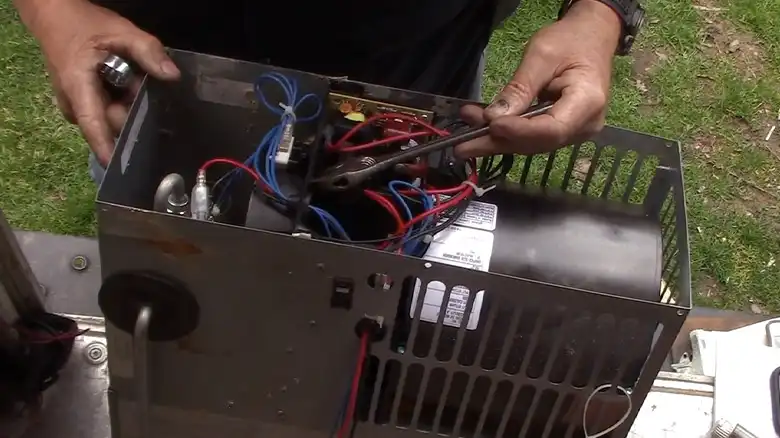
Risks of Dometic Furnace Failure
Dometic has been manufacturing reliable and efficient RV furnaces for decades. Their furnaces are designed specifically for recreation vehicles and boats, providing warmth by burning propane fuel to heat air. When operating normally, the burner ignites warm ambient air which a blower circulates throughout the RV. The ignition, temperature, and blower cycling are all automated via an electronic control board.
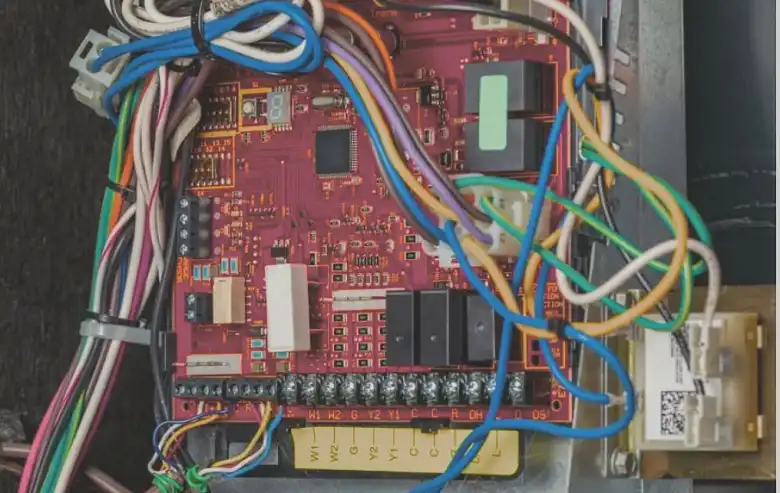
However, when the furnace fails to ignite, the risks extend beyond mere discomfort. Prolonged exposure to cold conditions in an RV can lead to burst pipes, damaged tanks/lines, and costly repairs. Just as critically, attempted ignitions on a malfunctioning furnace run the risk of propane build-up and explosion. Simply put, a non-working furnace is an emergency issue requiring swift troubleshooting and resolution.
Key Symptoms and Likely Causes of Furnace Ignition Failure
Based on the specific sounds, smells, and behaviors exhibited, one can generally narrow down the reasons why a Dometic furnace fails to ignite. Here are the most common signs of ignition failure and their probable causes:
Symptoms
- Clicking noises during failed ignition cycles
- Flickering lights as ignition modules overload
- Strong propane/gas smells
- Lack of blower activation
- Error code display on furnace control panel
Potential Causes
Insufficient propane supply – empty tanks, closed valves, faulty regulators
Electrical issues – bad control panel, thermostat malfunctions, low coach battery voltage
Sensor defects – bad sail switch, limit switch, pressure switch
Blockages – insect nests in burner or exhaust
Environmental factors – extreme cold overwhelms ignition sequence
Pinpointing the cause among these areas is the central challenge in repairing furnace ignition issues.
How to Troubleshoot the Furnace (Step-By-Step)
With an understanding of the problem’s likely origins, we can now dive into the tactical troubleshooting and repair process. As with any propane-related issue, safety is paramount – make sure to shut off all propane at the tanks before beginning tests on the furnace itself.
Initial Safety Checks
Before testing the furnace directly, perform some basic safety checks:
a) Verify propane tanks contain adequate fuel and that all supply valves are fully open
b) Check propane lines and joints for any noticeable leaks using a bubble test
c) Inspect visible sections of the furnace exhaust vent for blockages
d) Ensure the interior blower spins freely by hand
These tests establish a safe baseline before diagnosing further.
Basic Functionality Checks
The next tier of troubleshooting involves simple component tests:
a) Inspect burner chamber and orifices for debris/blockages
b) Verify furnace filter is clean and of the proper size
c) Ensure the thermostat is wired correctly and set above room temperature
d) Test for correct voltage at control board wiring terminals
Taking these basic steps will cause many minor problems.
Advanced Electrical and Propane System Diagnosis
Now you must break out the voltmeter, propane sniffer, and wiring schematics. Potential issues include:
a) Faulty propane regulator allowing insufficient fuel pressure
b) Short circuit blowing a fuse and preventing ignition
c) Broken thermostat improperly signals the control board
d) Cracked heat exchanger leaking exhaust into the ducting
e) Bad sail switch giving false readings of the burner flame
Testing propane pressure requires specialized gauges. Tracing shorted wires necessitates checking each connection and component. I rely on Dometic schematics to follow the intricate sequences leading to ignition. Replacing complex parts like the regulator or control board may be best left to the manufacturer.
When to Call a Professional for Furnace Repairs?
Even with the right tools and troubleshooting knowledge, some RV furnace repair jobs are best left to qualified technicians. Seek out professional expertise when:
a) There is any evidence of a propane leak
b) Electrical tests highlight the need for replacement parts
c) The issue recurs shortly after your attempted fixes
d) The ignition control board fails continually
Complex electronics and gas systems are at play inside these small spaces. Allowing an expert technician to safely diagnose and repair the furnace reduces the risks of explosion or accidental damage. The costs involved with professional RV repair services are almost always money well spent compared to the expenses of damaged appliances and vehicles.
Preventative Maintenance for Further Security
While I can discuss troubleshooting all day long, prevention is the ultimate solution for furnace issues. By following consistent maintenance habits, you can avoid untold frustrations and create furnace reliability:
a) Yearly professional cleaning/inspection
b) Replacing the sail switch every 3 years
c) Monitoring propane purity and valve condition
d) Testing battery charge before winter trips
c) Storing the RV properly between uses
Making small repairs promptly and performing scheduled upkeep lets you get the most value from your Dometic furnace during every trip.
Helpful Online Resources
In closing, I want to highlight some useful references if you seek more details on Dometic furnace operation, codes, and repair:
Dometic Support Website – Comprehensive collection of articles on furnace troubleshooting steps
Fault Code Descriptions – Breakdowns of common furnace fault codes
Winterizing Guide – Proper storage procedures to prevent cold weather issues
Frequently Asked Questions
Why does my Dometic furnace keep shutting off?
If your Dometic cycles on but quickly shut down, it likely has a dirty sail switch. This measures airflow and will disrupt operations if blocked. Carefully clean the sail switch and test the furnace operation.
What should I do if my furnace has an error code?
Start by locating your furnace model number. Cross-reference any blinking error codes in your Dometic diagnostic manual. This will point to the affected component. If repairs are complex, give me a call!
My furnace clicks but never ignites – where do I start?
Clicking noises indicate the ignition module is sparking to light the propane gas. But failure to ignite likely indicates a disrupted gas flow. Verify tanks aren’t empty and lines/valves are fully open. Also, replace filters and clean burners to rule out blockages disrupting ignition.
Let’s Get Your Furnace Safely Up and Running!
As we head into the colder months, I hope this guide arms you with helpful furnace knowledge – both DIY basics and when professional assistance is advisable. Getting stranded without critical HVAC systems is never fun. Please don’t hesitate to reach out if you have any other Dometic troubleshooting questions! I’m always happy to help RVers get back on the road!

